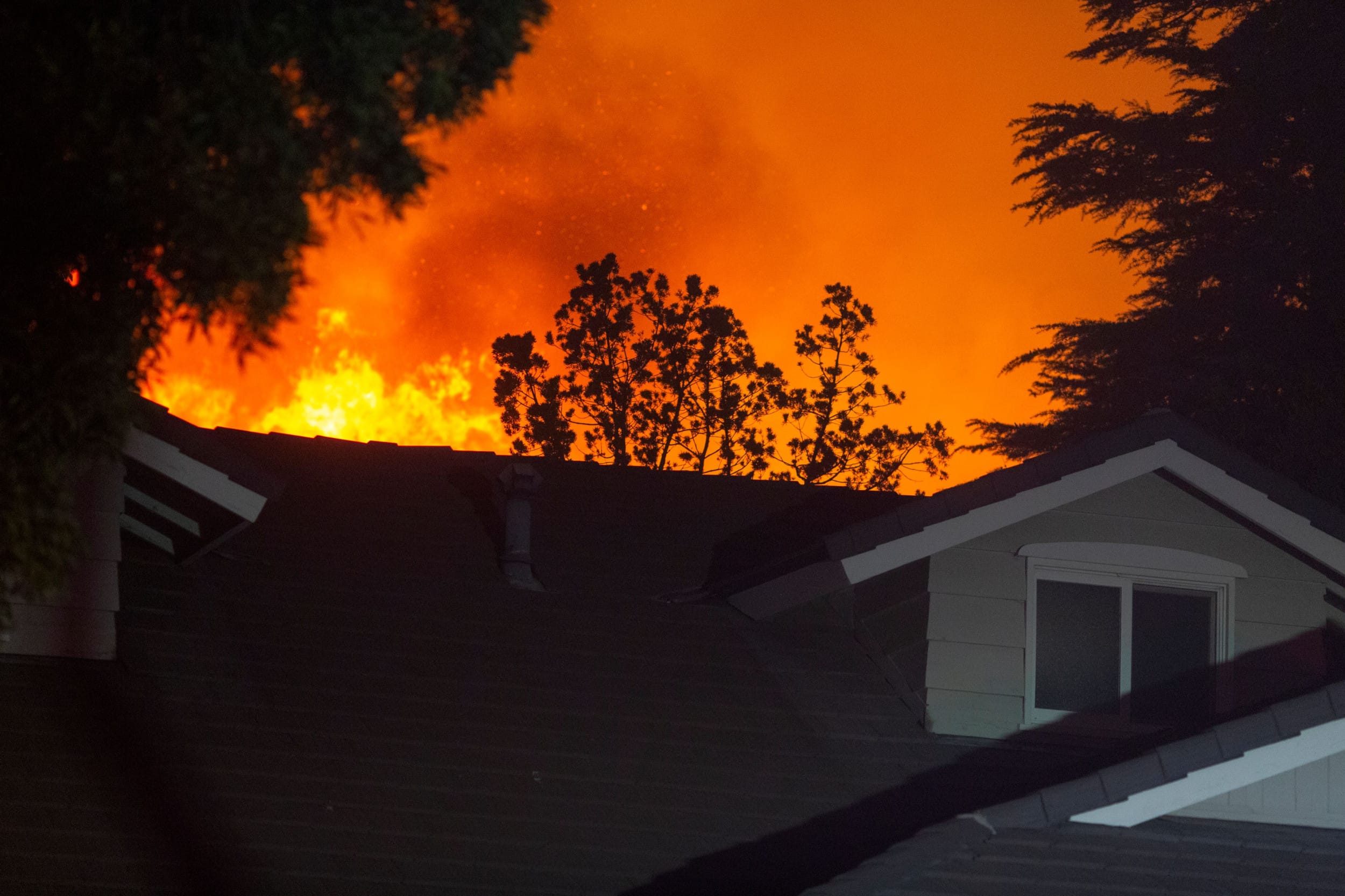The ongoing wildfire crisis in Los Angeles County has escalated, prompting officials to issue new evacuation orders for several communities. The fire, which has been identified as the largest in the county’s history, has rapidly spread across thousands of acres, fueled by dry conditions and strong winds. As the situation develops, emergency services are mobilizing resources to combat the flames and protect residents.
The wildfire, which ignited several days ago, has already led to the destruction of numerous structures and has threatened many more. Firefighters are facing challenging conditions as they work to establish containment lines and prevent the fire from advancing into populated areas. The Los Angeles County Fire Department, along with support from neighboring agencies, is utilizing air and ground resources to combat the blaze.
In light of the fire’s rapid progression, local authorities have implemented mandatory evacuation orders for specific areas deemed at high risk. Residents in these zones are urged to leave immediately and seek safety in designated evacuation centers. The Los Angeles County Office of Emergency Management has set up these centers to provide shelter, food, and medical assistance to those displaced by the fire.
As the fire continues to grow, officials are closely monitoring weather conditions that could impact firefighting efforts. High temperatures, low humidity, and gusty winds are contributing factors that have made the situation more precarious. Firefighters are working around the clock to establish control over the blaze, but the unpredictable nature of wildfires poses significant challenges.
In addition to the immediate threat to life and property, the wildfire is also impacting air quality in the region. Smoke from the fire has spread across Los Angeles County, leading to unhealthy air conditions. Residents are advised to stay indoors, keep windows closed, and use air purifiers if available. Vulnerable populations, including children, the elderly, and those with respiratory conditions, are particularly at risk and should take extra precautions.
Local officials are coordinating with state and federal agencies to secure additional resources for firefighting efforts. The California Governor’s Office of Emergency Services has been activated to assist in the response, and additional firefighting crews are being deployed to the area. The collaboration between various agencies is crucial in managing the crisis and ensuring the safety of residents.
Community members are encouraged to stay informed through official channels, including the Los Angeles County Fire Department’s website and social media platforms. Regular updates are being provided to keep residents apprised of the fire’s status, evacuation orders, and safety recommendations. It is essential for individuals to have an emergency plan in place and to be prepared to evacuate if necessary.
As the situation unfolds, the resilience of the affected communities is being tested. Many residents are coming together to support one another, offering assistance to those in need. Local organizations and volunteers are mobilizing to provide resources and aid to evacuees, demonstrating the strength of community bonds in times of crisis.
The long-term impact of the wildfire on the environment and local ecosystems is also a concern. As the fire continues to burn, it is expected to have significant effects on wildlife habitats and natural resources. Recovery efforts will be necessary once the fire is contained, and experts will assess the damage to determine the best course of action for restoration.
In conclusion, the wildfire crisis in Los Angeles County remains a serious and evolving situation. With new evacuations ordered and firefighting efforts ongoing, the safety of residents is the top priority. Authorities are urging everyone to heed evacuation orders and stay informed about the latest developments. As the community faces this challenge, the collective efforts of emergency services, local organizations, and residents will be vital in navigating the crisis and rebuilding in the aftermath.



